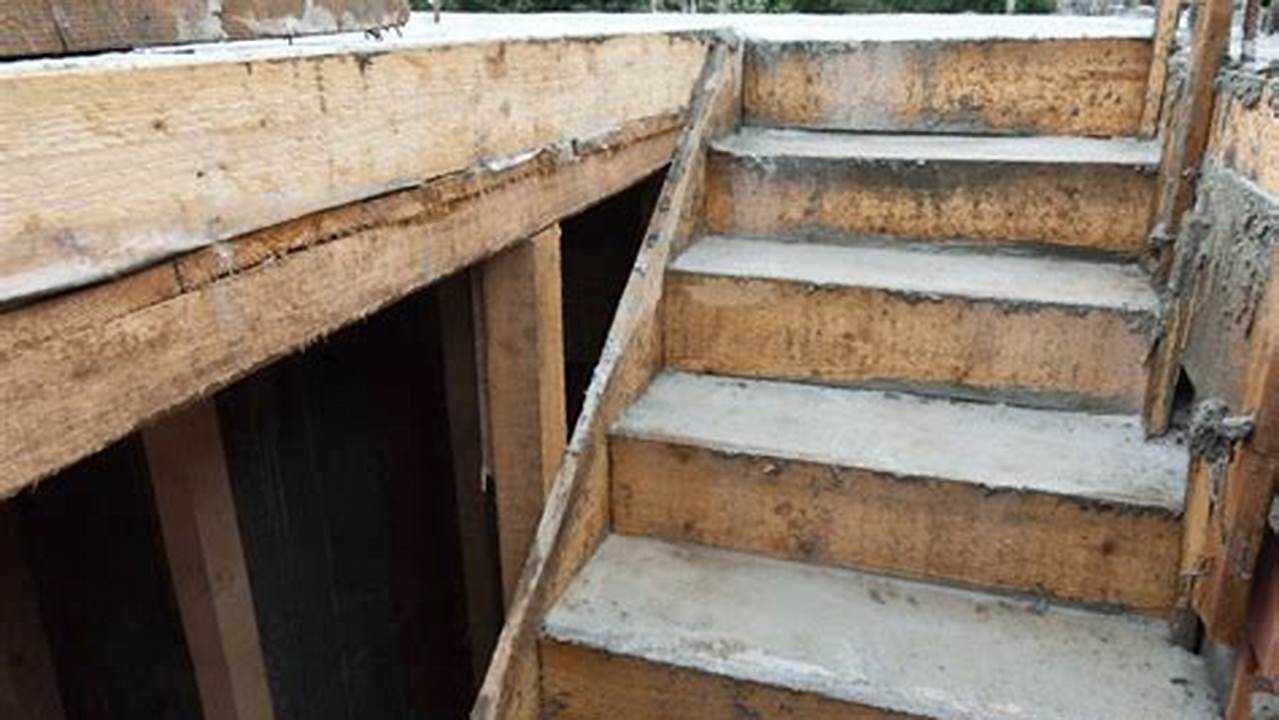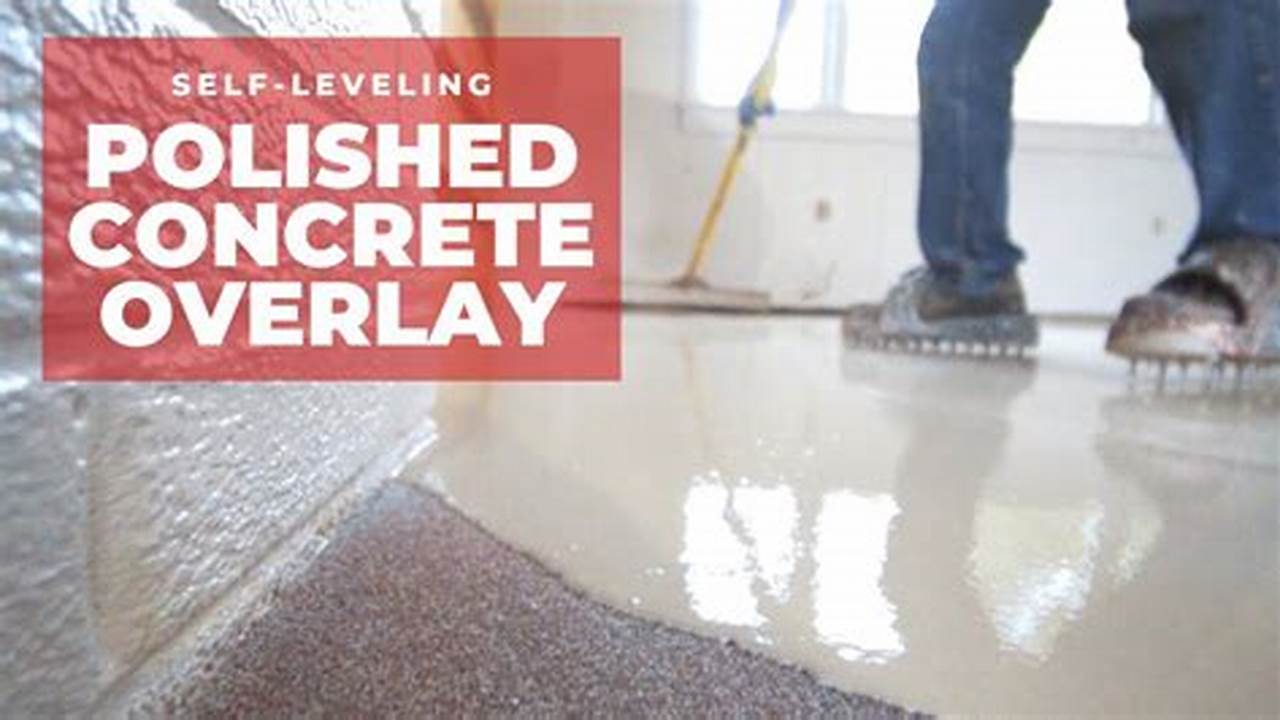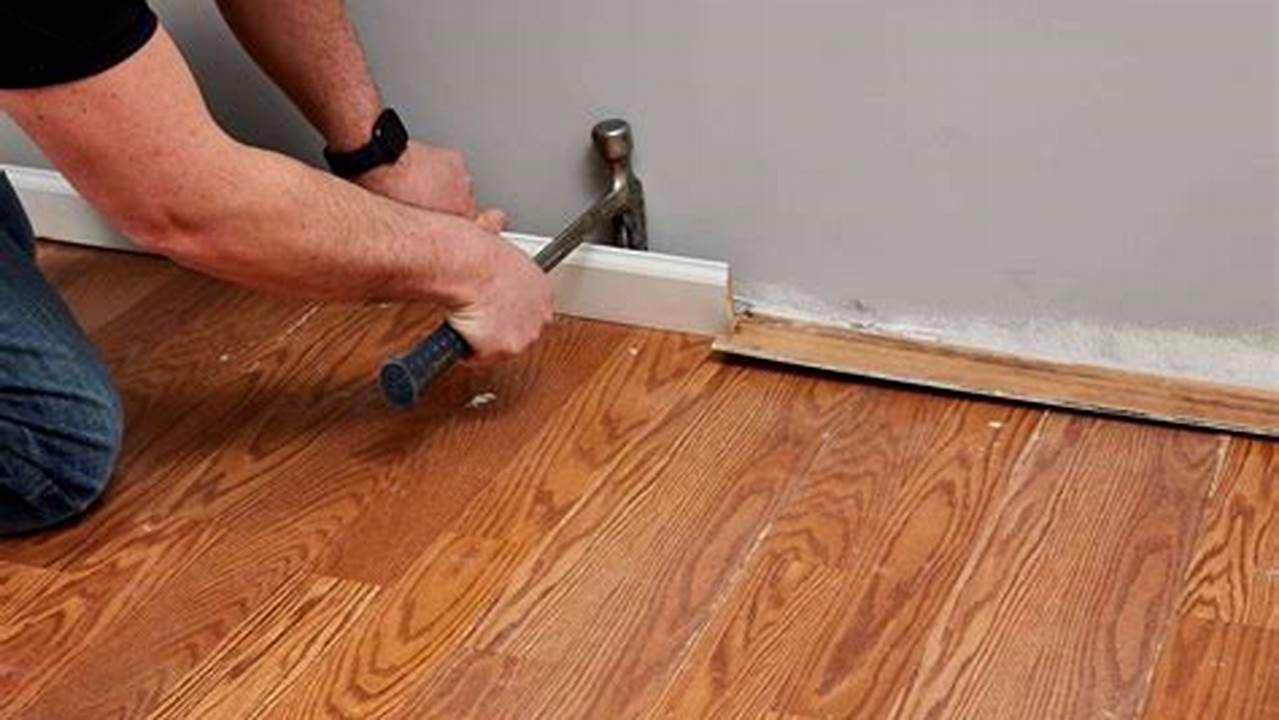
Concrete staircases are a durable, attractive addition to any home. They can be used indoors or outdoors and can be customized to match any dcor. Building a concrete staircase is a challenging project, but it can be completed by do-it-yourselfers with the right tools and materials.Concrete staircases are made by pouring concrete into a form that has been constructed to the desired shape and size of the staircase. The concrete is then allowed to cure, and the form is removed. The resulting staircase is strong and durable, and it can be finished with a variety of materials, such as tile, carpet, or paint.
There are many benefits to building a concrete staircase. Concrete staircases are very durable and can withstand heavy use. They are also fire-resistant and can help to protect your home in the event of a fire. Concrete staircases are also relatively easy to maintain and can be cleaned with a simple soap and water solution.



